
The Fluorescence Proficiency Aptitude Test is presently a kit of three related unknown samples. The goal is to use fluorescence microscopy to determine whether certain biological components exist in each of the three samples. Past FPAT samples have included unknown white powders, “sludge”, “foliar”, swipes, and liquid. Each generic sample type requires a particular flow of procedures in order to identify the components within the sample. The NGB SOP for each sample type outlines the steps you should take for your analysis. However, these SOPs tend to take the “thinking” part out of your analysis and turn it into a more mechanical process. Perhaps this is the point of the SOPs, but it is so much better to evaluate each sample on its own and design for yourself a concise and logical analysis protocol with as few steps as possible. To complete FPATs you may use liquid probes or Insti-Fluor slides (Insti-Fluor, Insti-Spore, Insti-Fluor Combo2, Insti-Fluor CF).
This page links to several example FPATs and how one should approach their analysis. Click on the button below to see 12 FPAT examples with annotations.
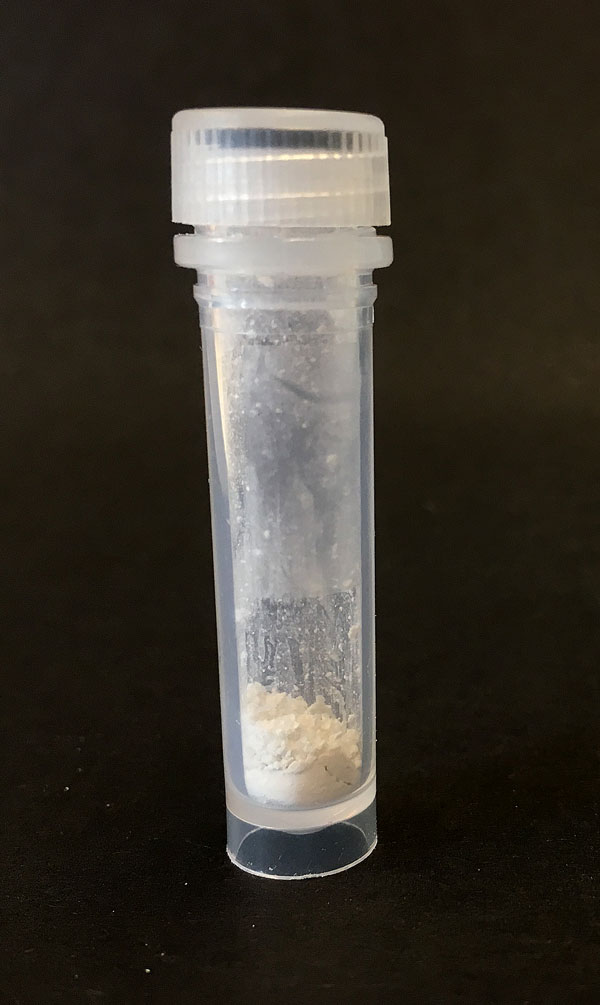
Dry white powder
This is the most common FPAT component.
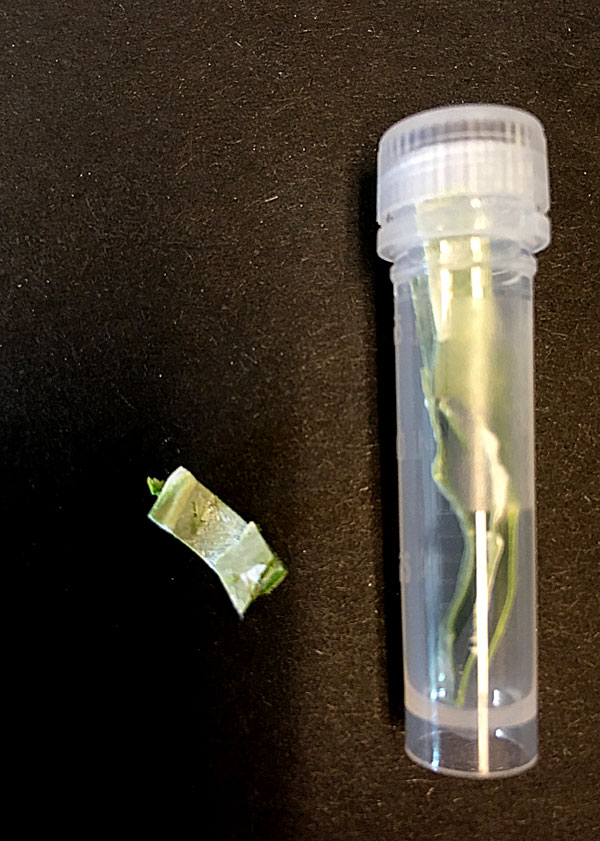
Foliar
This FPAT sample can be leaf material or just a flat sample like paper.
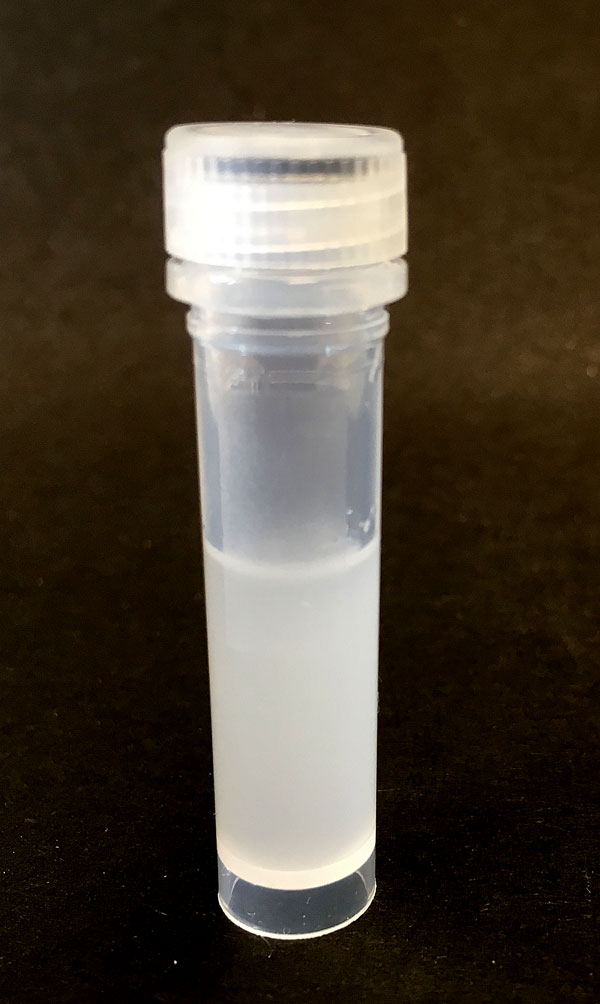
Liquid
This example is not as common, but does come up. It includes "sludge".

Swipe
This sample would be a "Q-Tip"or filter paper that was used to swipe a contaminated surface.
This section contains links to example images of biological components contained in the typical FPAT
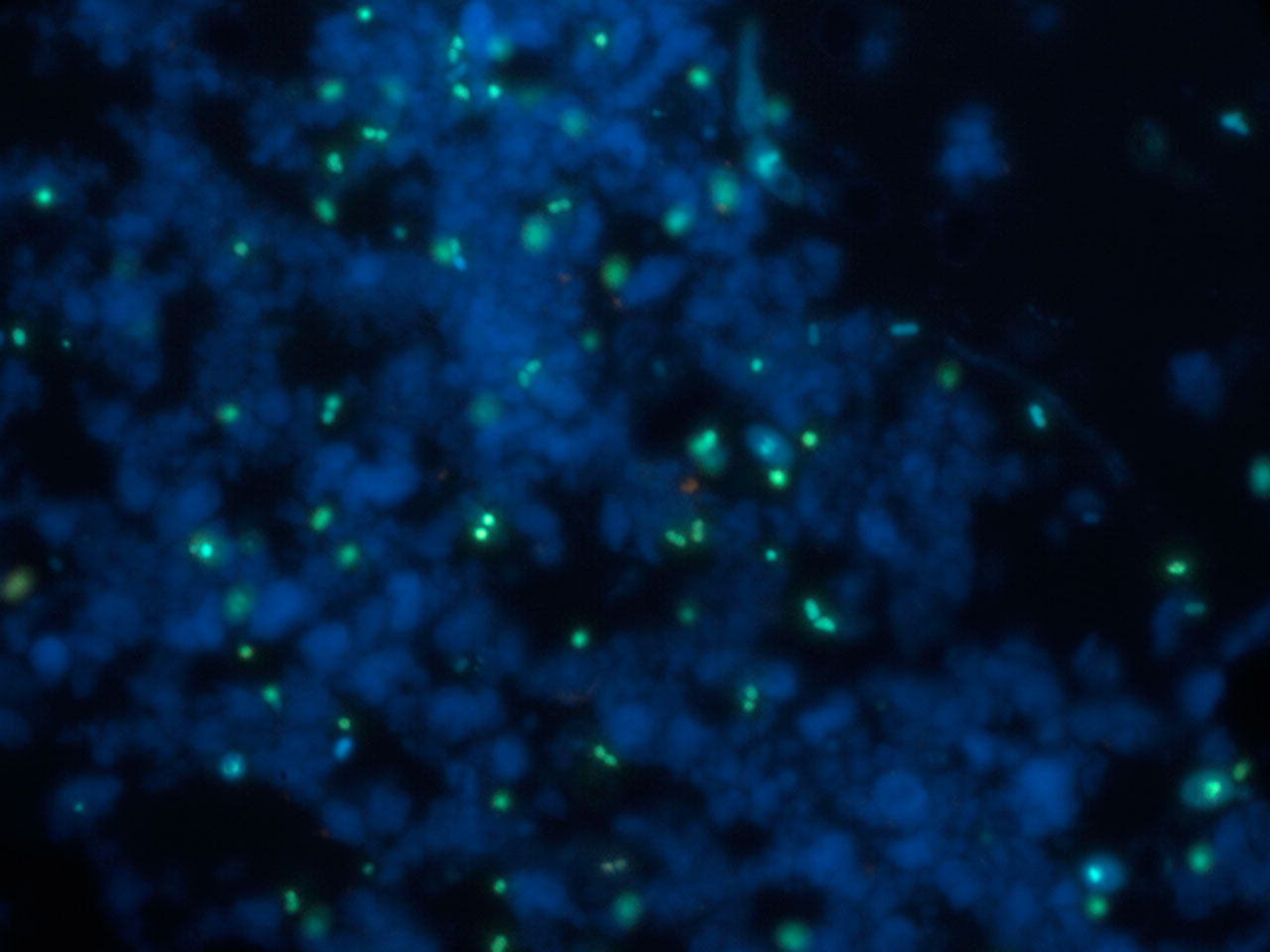
"Bacteria"
This is perhaps the most common biological component of FPAT samples, as well as field samples.
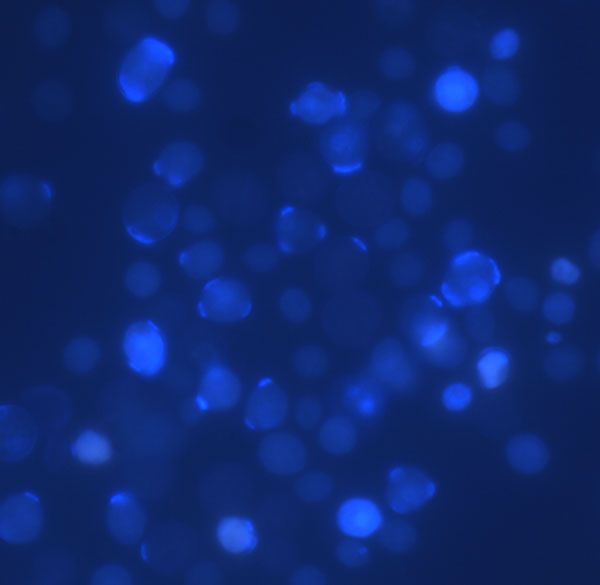
Yeast
Yeast may be included as a filler (it's hygroscopic so powder stays dry). However, it is often included as the "Bio" component of an individual FPAT sample.
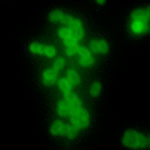
Endospores
Bacillus endospores are, of course, a major FPAT bio component.
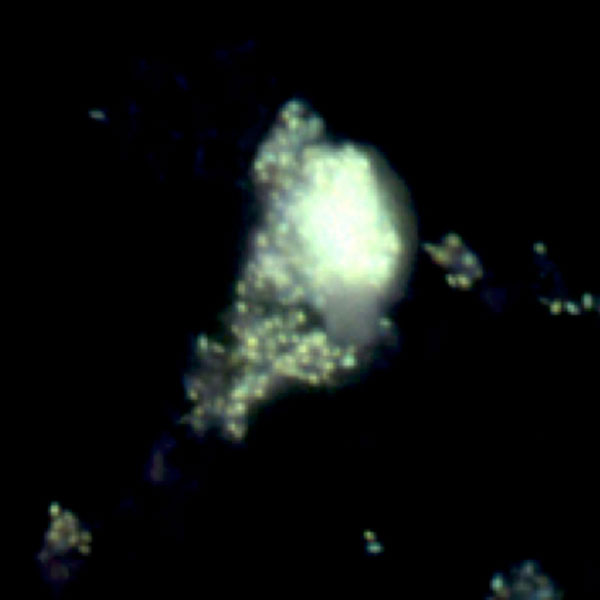
Fluidized endospores
This is an unlikely FPAT addition.

Filamentous fungi
An (old) FPAT contaminant